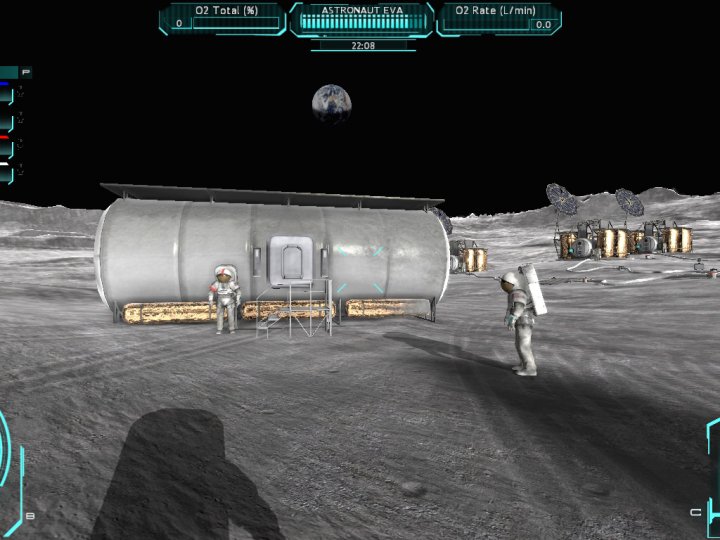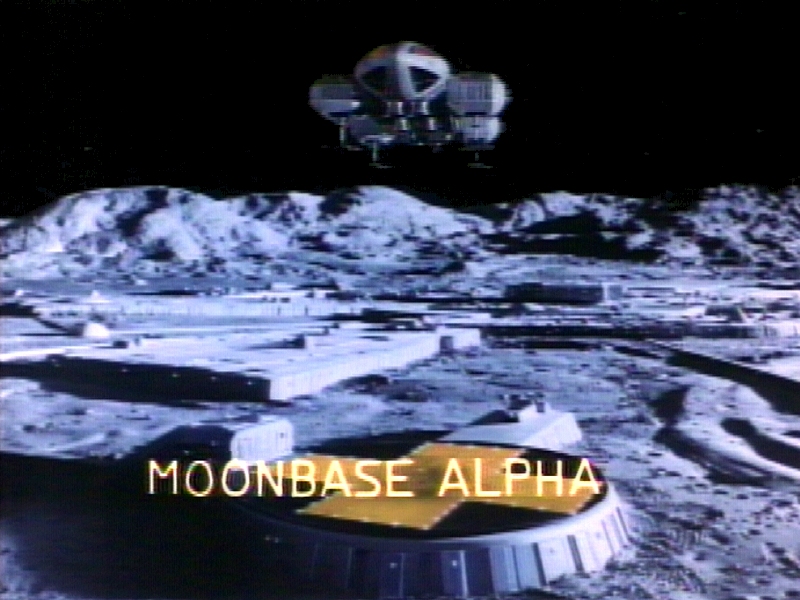

Voiceovers drop a few hints about the movement controlsand what to do next, but many players may encounter some trial-and-error beforethey actually succeed in saving the base within the 25-minute time limit. That can become difficult during a first play-through withoutknowing what repair tools are needed for each case, and especially when everysecond counts.

The trickiest part of "Moonbase Alpha" comesfrom figuring out just what the game wants players to do in a particular repairsituation. That works for themost part, aside from a few times when awkward camera angles may force theplayer to back up or move the astronaut around. Most of the player interaction takes place by focusing acentral target reticule and left-clicking to take action.

The in-game cursor movement feltsluggish enough to make a robot repair mini-game that involved tracing circuitlines more challenging than expected. Those small touches came as a pleasant surprise, exceptwhen the game controls defied player attempts. Likewise, therobot has the expected turning radius of a wheeled vehicle and does not turn ona dime. "Moonbase Alpha" also requires a bit ofprecision in its game interactions, so that a player's astronaut may struggleto hook up a bulky power cable if it's not aligned properly. It's possible todeploy both types of robots at once, even if the player can only control one ata time. Driving the robot allows the playerto approach hazardous parts of the base to make repairs. One of the more entertaining parts of "MoonbaseAlpha" comes from deploying and controlling a repair robot that is armedwith either a welding torch or a basic arm. But theastronaut can only carry one tool at a time, which means players should choosewisely and drop off their tools in strategic central locations. They control an astronaut who must visit an equipmentshed to get tools such as wrenches and welding torch to fix the base. In "Moonbase Alpha" players jump straight intothe action after a brief cinematic that details the challenges at hand.

"That's the appeal of using games and simulations,because they let you do things that are wildly unaffordable ,"said Daniel Laughlin, project manager for NASA Learning Technologies at theagency's Goddard Earth Science and Technology Center in Maryland.


 0 kommentar(er)
0 kommentar(er)
